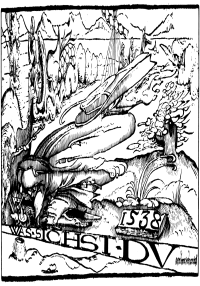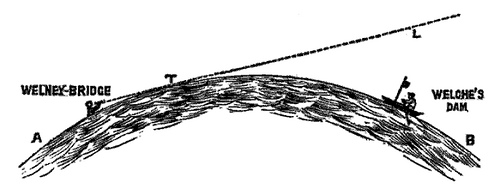Distances to which objects were carried by the tornado at Mount Carmel, Ill., June 4, 1877:
A letter from Mount Carmel was found at Vincennes, Ind., twenty-five miles northeastward. A piece of tin roofing was picked up near Hazleton, Ind., seventeen miles northeastward. The spire, vane, and gilded ball of the Methodist church were found near Decker’s Station, Ind., fifteen miles northeastward. A letter from Mount Carmel was carried by the wind to Widner Township, Ind., forty-five miles north-northeastward. A discharge from the military service of the United States belonging to a Mount Carmel man was found near Edwardsport, Ind., nearly fifty miles northeastward, and a letter from Mount Carmel was found near the same place. … I was also told that a paper sack of flour from a demolished store was found nearly five miles distant in Indiana, with no further damage than a small hole in it.
From the Annual Report of the Secretary of War, 1877.




